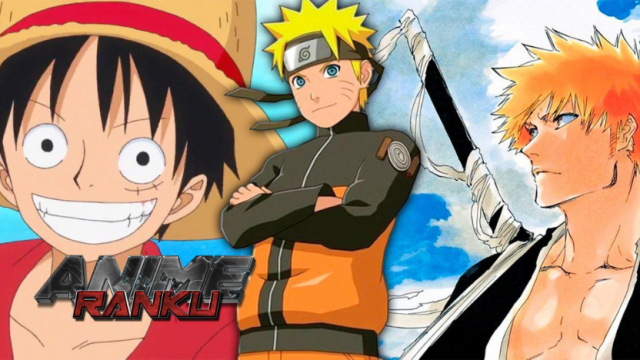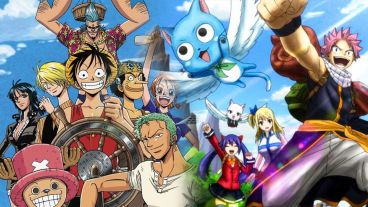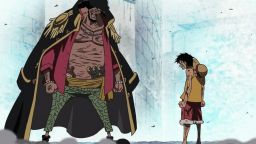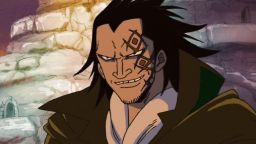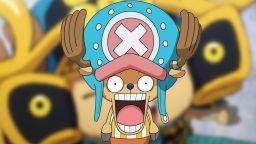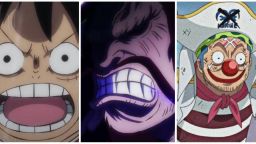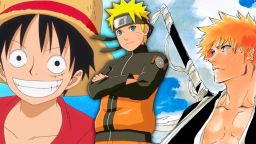The globally loved Naruto, Bleach, and One Piece are the shoju trio that make up the franchise of anime around the world. Published in Jumb magazine from 1999,2001,1997, but so far, no anime series has been able to surpass them in terms of global brand.
In order for Naruto, Bleach, and One Piece to really compare, they would all need to be manga-based series that were all published in the same shojo magazine at around the same time and rose to enormous recognition and critical acclaim, vying with one another as the best. Sailor Moon, Fruits Basket, and Ouran High School Host Club, leaving these technical criteria aside, would seem to be good fits due to their popularity as well as their fascinating parallels in themes, tones, and even specific character types.
Read more: Why is this the best time to watch One Piece Film Red in English in the US?
Sailor Moon is to magical girls what Naruto is to ninjas.

It would be no understatement to say that both Sailor Moon and Naruto helped to transform the manga and anime landscape. The former revolutionized the magical girl genre and had an enormous cultural impact worldwide. In fact, despite the anime initially airing in 1992, Sailor Moon continued to influence a great many more contemporary stories, both in Japan and across the West. From later magical girl titles such as Pretty Cure to Anglo-American and European shows including Totally Spies! and Miraculous: Tales of Ladybug & Cat Noir, Sailor Moon’s immense reach and scope is undeniable. Of course, what Sailor Moon is to magical girls, Naruto became to ninjas and action/adventure shonen titles as a whole.
On paper, the two franchises might not seem similar, but some interesting parallels can be drawn nonetheless. Both main characters, Usagi Tsukino/Sailor Moon and Naruto Uzumaki, have blond hair and blue eyes (and Naruto even has twintails when he transforms using his "Sexy Jutsu"). Neither are traditionally heroic characters when their respective stories begin, being mostly cheerful and easygoing but neither physically strong nor book-smart. Both are regularly scolded by their peers for their sometimes goofy antics, and Usagi’s love for Mamoru Chiba/Tuxedo Mask mirrors Naruto’s early obsession with Sakura. By the end of the series, their characters have developed to such a point that they have become true heroes worthy of their powers, literally saving the entire world from the evils that threaten it.
Fruits Basket's Serious Drama Fits With Bleach's Darker Tone

In both Japan and the U.S., the Fruits Basket manga has remained on the best-sellers list for many years, and the anime series -- not only the first 2001 adaptation but also the much more recent 2019-2021 remake -- were highly popular and well-received. While not a story on such a grand scale as the likes of Sailor Moon, Fruits Basket nonetheless manages to juggle both romantic comedy and heartfelt drama, keeping viewers invested despite remaining within its slice-of-life genre. In so doing, it has become one of the best-known shojo franchises of all time, just as Bleach is an enormously well-known and respected shonen franchise, with an anime that is likewise very soon to receive its own reboot.
While the two series don’t necessarily have much in common at first glance, there are some intriguing similarities even so. Both have large ensemble casts featuring characters with unique, often hidden motivations and agendas. Moreover, Fruits Basket’s strong supernatural elements that draw heavily on mythology are not dissimilar to Bleach’s own supernatural focus, and especially when it comes to the newer Fruits Basket anime, the two shows are darker and more serious than comedic. Last but not least, the quick-tempered, impulsive, protective and orange-haired Ichigo Kurosaki is quite comparable to Kyo Sohma -- both of whom end up marrying somewhat naïve and clueless yet polite and exceedingly kindhearted women (although Tohru Honda is of course a far better cook than Orihime Inoue).
The Silliness of One Piece Rivals High-Energy Mischief by the Ouran High School Host Club

With its anime first airing in 2006, the reverse harem rom-com and drama Ouran High School Host Club might be something of a dark horse among the shojo demographic, at least in terms of comparing it to more serious fare. However, its parody of various aspects of otaku culture certainly didn’t prevent the title from becoming a cultural force to be reckoned with. Indeed, Ouran’s success owes a lot to the material that’s simultaneously a highly self-aware, tongue-in-cheek response to anime/manga fandom and a love letter to its demographic, with all its melodrama and sparkly trappings. Similarly, One Piece’s humor is an integral part of its storytelling -- without it, the franchise would simply not be the fan-favorite shonen juggernaut it is today.
In fact, both Ouran High School Host Club and One Piece could be broadly described using the same descriptors: expressive, quirky, funny, vivid and dynamic. The positive and good-hearted yet totally lacking in common sense Monkey D. Luffy would probably be best friends with the equally as kind yet dimwitted Tamaki Suoh, neither of whom will ever let something go once they have a set goal in mind. In addition, the two franchises are all about the power of friendship and found family, with the idiotic antics of the Straw Hats having the same frenetic energy and chaotic fun of the Host Club (or even its female equivalent and archenemy, the Zuka Club). In short, what Ouran and One Piece may usually lack in seriousness, they make up for in random yet earnest goofiness.
